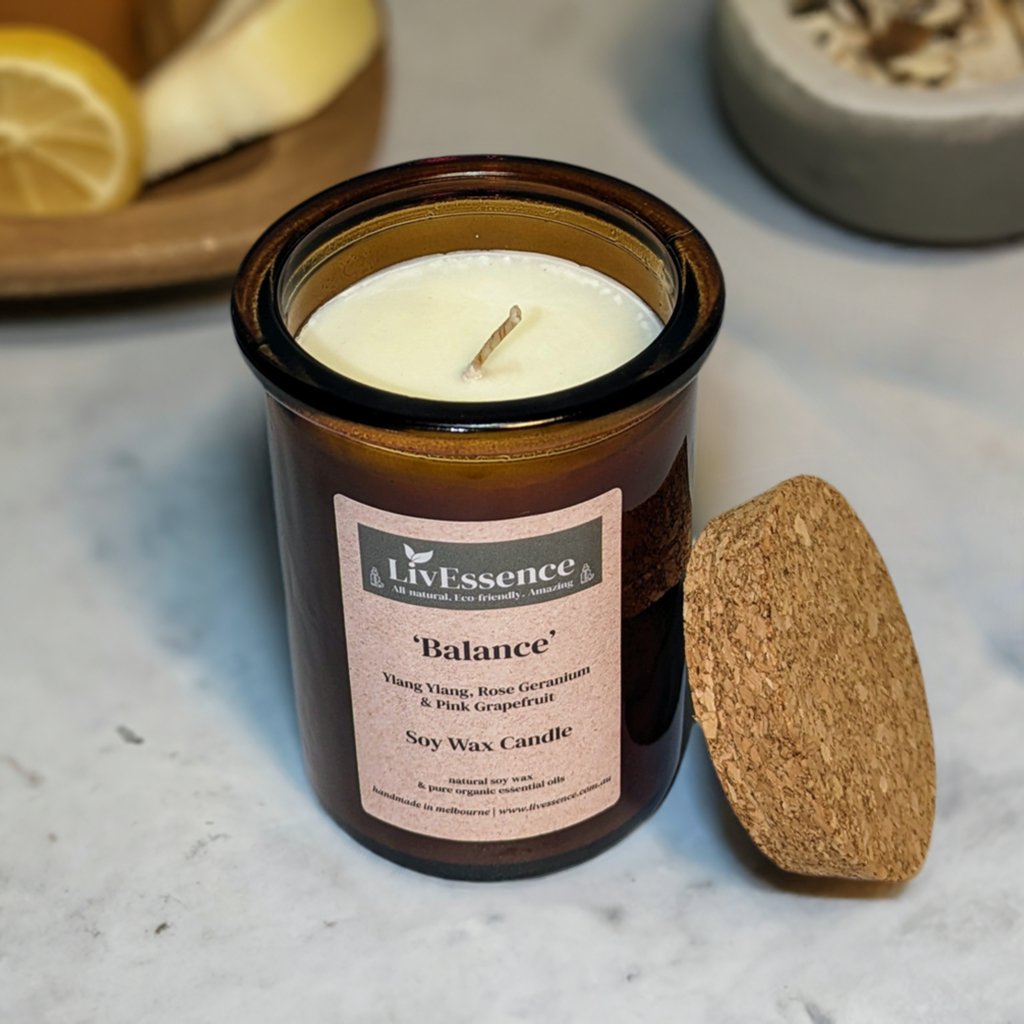Brighten Your Setting with Crystal Soy Candles and Home Fragrance
Brighten Your Setting with Crystal Soy Candles and Home Fragrance
Blog Article
From Wick to Wax: Comprehending the Chemistry Behind Soy Wax Candles and Their Environmental Influence
As we brighten our areas with the cozy radiance of candles, there lies a world of detailed chemistry behind the relatively simple act of lighting a soy wax candle light. The option in between soy and paraffin wax extends past mere looks, diving into the realm of ecological influence and the very composition of the materials. Understanding the molecular structure of soy wax and its burning process clarifies the exhausts released into our environments. Join us as we decipher the clinical complexities behind soy wax candle lights and explore their ramifications on our environment.
Soy Wax Vs. Paraffin Wax
When comparing soy wax and paraffin wax for candle making, it is vital to comprehend the distinctive characteristics and benefits of each material. Soy wax is a natural, renewable energy originated from soybean oil, making it naturally degradable and environment-friendly - soy wax candles. In contrast, paraffin wax is a by-product of oil refining, which elevates issues concerning its ecological influence and sustainability
Soy wax candle lights melt cleaner and release much less residue contrasted to paraffin wax candles, making them a much healthier selection for indoor air quality. Furthermore, soy wax has a reduced melting factor, permitting a longer-lasting candle light that distributes scent better. Paraffin wax, on the various other hand, has a tendency to shed faster and much less cleanly, potentially launching damaging chemicals right into the air.
From a sustainability point of view, soy wax is preferred for its biodegradability and sustainable sourcing, lining up with the growing consumer preference for environmentally conscious products. While paraffin wax has actually been a typical option in candle light making as a result of its affordability and simplicity of usage, the shift in the direction of eco-friendly choices like soy wax is getting energy in the market.
Chemical Composition of Soy Wax

Burning Process in Soy Candles
The chemical structure of soy wax directly influences the combustion process in soy candle lights, influencing aspects such as shed time, scent launch, and environmental impact. When a soy candle is lit, the warmth from the fire melts the wax near the wick.
The combustion performance of soy candle lights is affected by the pureness of the soy wax and the top quality of the wick. A clean-burning soy candle with a correctly sized wick will reduce and create a constant fire soot development. This not only prolongs the shed time of the candle light however likewise boosts the release of scents. In addition, soy wax candle lights have a lower ecological effect contrasted to paraffin candles because of their eco-friendly and renewable nature.

Ecological Advantages of Soy Wax

Considered a sustainable option to conventional paraffin wax, soy wax supplies noteworthy ecological benefits that make it a preferred selection among eco-conscious consumers. Soy wax burns cleaner and generates much less soot than paraffin wax, adding to better interior air top quality and lowering the demand for cleansing and maintenance. On the whole, the ecological advantages of soy wax line up with the growing need for lasting and green products in the market.
Recycling and Disposal Factors To Consider
Reusing and proper disposal of soy wax candles play a critical duty in maintaining ecological sustainability and reducing waste in areas and homes. When it comes to recycling soy wax candles, the very first action is to make certain that the candle has actually melted entirely.

In terms of disposal, if recycling is not a choice, soy wax candles are eco-friendly and can be safely gotten rid of in a lot of home waste systems. It is always suggested to examine with regional recycling centers or waste monitoring solutions for details guidelines on candle disposal to guarantee proper handling and environmental security.
Verdict
In final thought, the chemistry behind soy wax candle lights exposes their ecological advantages over paraffin wax candles. Soy wax, obtained from soybean oil, burns cleaner and creates less soot when contrasted to paraffin wax.
When comparing soy wax and paraffin wax for candle light making, it is important to comprehend the unique qualities and benefits of each product (soy wax candles).Soy wax candles melt cleaner and give off much less residue compared to paraffin wax candles, making them a much healthier option for indoor air high quality.Taken into consideration a lasting choice to traditional paraffin wax, soy wax provides remarkable ecological benefits that make it a prominent option amongst eco-conscious customers. Soy wax burns cleaner and produces less residue than paraffin wax, contributing to far better interior air top quality and decreasing the requirement for cleansing and maintenance.In conclusion, the chemistry behind soy wax candles reveals their environmental benefits over paraffin wax candles
Report this page